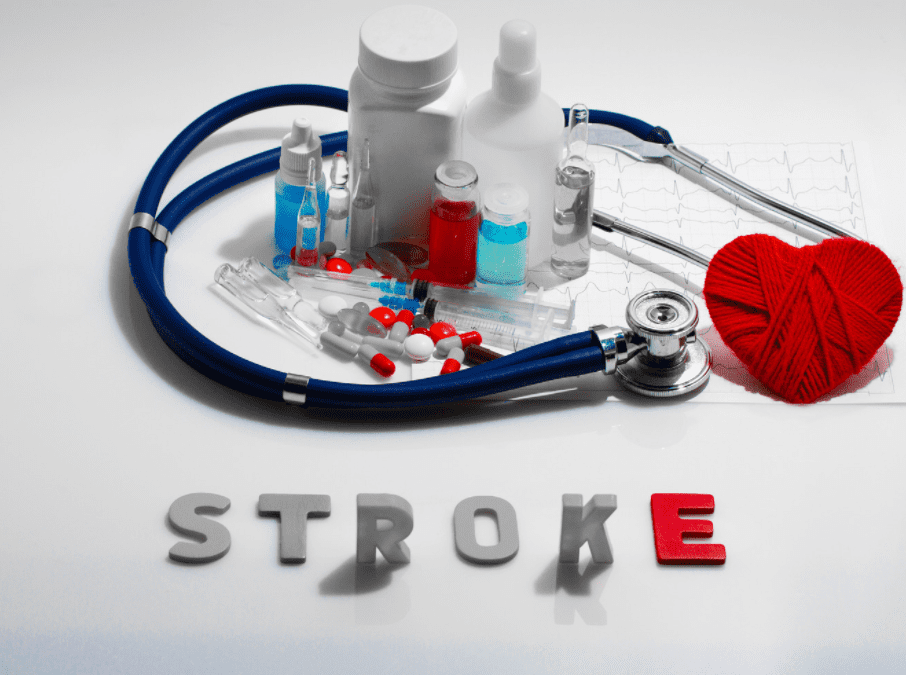The Blog
Stroke & Exercise

What is a Stroke?
A stroke is a blockage or bleed within the brain that interrupts blood supply leading to tissue damage and potentially death. Approximately 60,000 Australians will experience a stroke every year, with 30% passing away within the first 12 months of the event and 50% experiencing long term disability.
Symptoms following a stroke can be highly individualised and dependent on the circumstances, however the most common include:
- Paralysis in one or multiple limbs or side of the body or face
- Impaired balance and change in gait
- Pain, numbness, tingling sensations through affected regions of the body
- Increased fatigue
- Reduced ability to plan and coordinate activities and movement
Recognising a Stroke
Identifying a stroke can go a long way to saving both a life and function of the individual afflicted. To assist in its identification, you can use the FAST acronym.
Face – Check their face, has their mouth dropped?
Arms – Can they lift both of their arms?
Speech – Is their speech slurred? Do they understand you?
Time – Timing is critical. If you see these signs, call 000!
How can exercise assist in treating a stroke?
Different types of exercise can have different effects on post stroke symptoms. And it is important to consult with a qualified exercise professional to determine which exercise might be appropriate for you.
Stretching – Can be excellent in reducing issues with muscle spasticity, reduced range of motion and preventing contractures
Aerobic – Improves overall fitness and heart health. Assists in reducing risk factors such as weight and high blood pressure that may contribute to a second stroke or other cardiovascular conditions
Strength – Increases overall strength to make everyday tasks easier and assist in joint health.
References
https://www.stroke.org/en/about-stroke/stroke-symptoms
https://strokefoundation.org.au/What-we-do/For%20survivors%20and%20carers/stroke-resources-and-fact-sheets/Mobility-and-exercise-after-stroke-fact-sheet
https://link.springer.com/article/10.1016/j.nurx.2006.07.011
https://brainfoundation.org.au/disorders/stroke/
